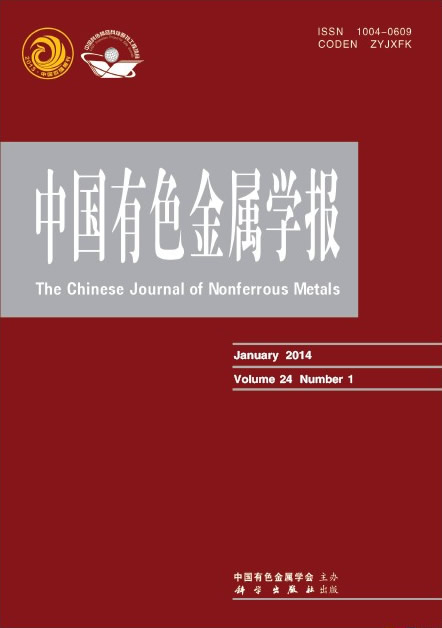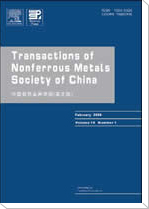(南京航空航天大学 机电学院,南京 210016)
摘 要: 提出一种新的纤维-金属复合电铸层——钨丝-镍复合电铸层的电铸技术,研究脉冲电流、钨丝体积分数等对复合电铸层常温和中温拉伸性能的影响。结果表明:常温下,随着高强度钨丝的不断掺入,复合电铸层的拉伸强度不断提高,当钨丝的体积分数达到45%时,拉伸强度达到峰值1 650 MPa;脉冲电流的应用能够显著细化镍晶粒,降低复合电铸层内部孔隙率,获得的钨丝-镍复合电铸层拉伸强度比使用普通直流的拉伸强度提高了30%左右;在200、400和600 ℃的中温条件下,钨丝-镍复合电铸层依然具有很高的拉伸强度,但是随着温度的继续升高,拉伸强度迅速降低。
关键字: 镍;钨丝;复合电铸;拉伸强度;脉冲电铸
(College of Mechanical and Electrical Engineering,
Nanjing University of Aeronautics and Astronautics, Nanjing 210016, China)
Abstract:A new kind of technology for fiber-metal composite electroformed layer, i.e., W fiber-Ni composite electroformed layer, was presented. The influences of pulse current and W fiber volume fraction on tensile strength of composite coatings at room temperature and middle temperature were investigated. The results show that the final tensile strength of the composite electroformed layer is greatly enhanced with the joining of the W fiber at room temperature. When the volume fraction of the W fiber is 45%, the W fiber-Ni coating has the highest tensile strength of 1 650 MPa. The use of pulse current can refine the Ni grain and reduce the internal pores of the composite electroformed layer. The strength of the W fiber-Ni coating fabricated by pulse current is about 30% greater than by that DC. At the middle temperatures of 200, 400 and 600 ℃, the W fiber-Ni composite electroformed layer still has high tensile strength. But with further increase of temperature, its tensile strength reduces quickly.
Key words: nickel; W fiber; composite electroforming; tensile strength; pulse electroforming


